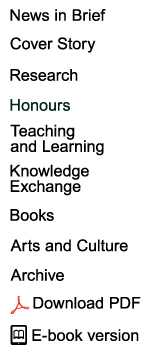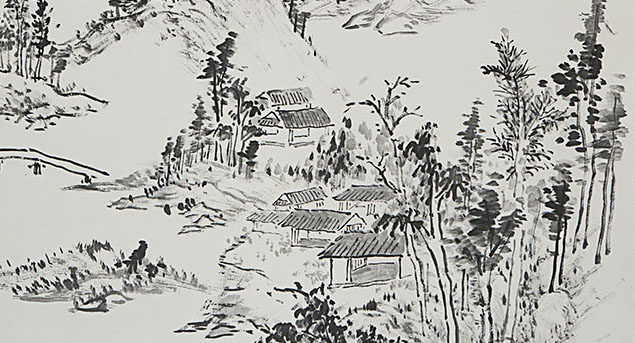A brush with tradition
A donation of nearly 300 works of art by renowned painter Tao Wan to the University Museum and Art Gallery has enriched the University’s collections. More than 100 of the works were displayed in a recent exhibition entitled Nature in its Harmonious Forms.
In the run-up to the exhibition, a telling anecdote emerged about the painter: In the 1980s, a student at Tao Wan’s Wu Liu [Five Willows] Art Studio in Hong Kong offered him what amounted to the price of a small apartment for one of his paintings. Tao Wan refused. Interestingly, it was not unusual for him to simply give away his paintings to students – but he only did so when he felt the recipient fully understood the painting and the art theory behind it. Dr Sarah Ng, Associate Curator of the University Museum and Art Gallery (UMAG) and curator of the Tao Wan exhibition, feels the anecdote says a lot about the artist – money meant little to him, art meant everything, and spreading understanding of painting was paramount.
“Tao Wan is perceived as being a guohua (Traditionalist) painter, and was a major representative of the art of Cantonese Diaspora painting and its development in 20th-century Hong Kong,” said
Dr Sarah Ng, Associate Curator of UMAG, summing up the importance of this donation to the University. “These objects form a more complete and vivid picture of his oeuvre, and are essential for an understanding and analysis of the history of the global Cantonese Diaspora, and of the general history of Chinese art during this period.”
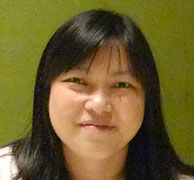
![]() He believed you should paint on the
He believed you should paint on the
spot – don’t make a preliminary sketch,
just paint. ![]()
Dr Sarah Ng
At HKU in the 1970s
Tao Wan’s association with the University goes back 45 years to the 1970s, when he taught Chinese landscape painting as an Extra-Mural Studies programme at both HKU and at the Chinese University of Hong Kong for more than 10 years.
The donation was made by his son Luke and daughter Julia, both of whom have lived in Canada for many years. “They told us in 2013 that we would be getting some works,” said Dr Ng, who also curated the exhibition. “They also donated about 17 to the Hong Kong Museum of Art.”
Born in 1911 in Guangzhou province, Tao Wan graduated in Law at Sun Yat-sen University. His main interest was art and before World War II, he was a member of the influential Chinese Painting Research Society. He was one of many artists who fled to Hong Kong in 1949 when the Communist Party established the People’s Republic of China. Unlike some of the others who moved onto Taiwan, Macau or further afield, he stayed and is considered a Hong Kong artist. He would eventually leave in 1989, after the June 4 crackdown in Tiananmen Square, when he went to join his children in Canada. He died in 2004.
While he is one of many artists who came to Hong Kong in 1949, Tao Wan was unusual in that he represented the Traditionalist style of Chinese painting. “Around 1950, many Chinese artists emerged in Hong Kong and among them there were the Revolutionists and the Traditionalists. More people followed the Revolutionists, believing a change would benefit the development of Chinese art,” said Dr Ng. “These were people who thought the old Chinese style was outdated, and were heavily influenced by Western style of painting.
“But Tao Wan stayed with traditional style. He was inspired by the ancient masters, and many of his works are reinterpretations of their landscapes. He would refine them, creating his own uniquely expressive style that illustrates his own particular ‘mindscape’.”
In 1980, Tao Wan and some of his followers established the Wu Liu (Five Willows) Art Studio, which gained many students and disciples. “They held regular meetings, called Elegant Gatherings, where they would do painting demonstrations, share their work, critique each other’s works and discuss Chinese painting.”
Tao Wan’s legacy continues through those students. Thirty years on, several of them came to UMAG to give demonstrations of his style of Chinese painting as part of the exhibition. Others discussed the man himself with Dr Ng.
“Most are quite elderly now, but they shared with me anecdotes about the artist. They said he was not particularly sociable and made no attempt to sell his own art,” said Dr Ng. “His painting philosophies reflected his belief that ‘the mind always leads the brush’ and he told students ‘don’t be held back by sketches’. He believed you should paint on the spot – don’t make a preliminary sketch, just paint.”
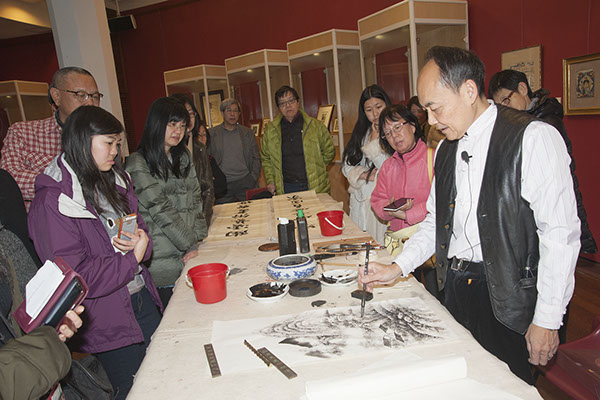
Guided tours and painting demonstrations were also held at the University Museum and Art Gallery during the exhibition period.
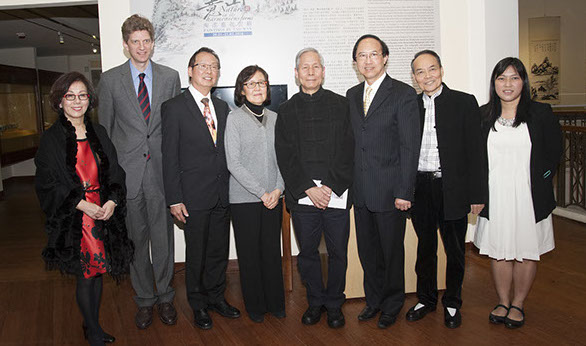
The opening ceremony of the exhibition Nature in its Harmonious Forms: Paintings by Tao Wan at the University Museum and Art Gallery.
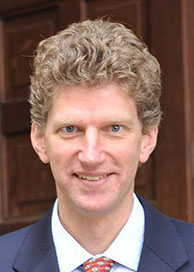
![]() UMAG is honoured to receive this large donation of Tao Wan’s works and delighted to be able to share with the public the master’s paintings documenting the life and achievement of a Hong Kong artist who is still now celebrated for his style and his passion as a teacher.
UMAG is honoured to receive this large donation of Tao Wan’s works and delighted to be able to share with the public the master’s paintings documenting the life and achievement of a Hong Kong artist who is still now celebrated for his style and his passion as a teacher. ![]()
Dr Florian Knothe
Tough times
The students also told Dr Ng that Tao Wan was generous. Times were tough for some of them and if they fell behind with their tuition fees he never mentioned it, nor did he raise those fees despite rising costs. “He knew some were poor and they could not always afford the fees,” she said, “but Tao Wan felt that teaching was more important than the fee.”

Tao Wan (1911–2004) created his own expressive style.
The donated works are representative of the artist’s changing style over the decades. Most of his early work was left behind when he fled China, but paintings such as Red Trees on Autumn Hill (1957) are noted for their sense of calm and tranquility. Later, he would paint landscapes in a literati style, employing unconventional composition and perspective, focussing on specific aspects of a scene rather than presenting the whole picture. After 1985, his work grew more mature, employing a rhythmic brushwork that was instantly recognisable.
While the initial exhibition is now over, more of Tao Wan’s work will be shown in the future at HKU. UMAG Director Dr Florian Knothe noted: “UMAG is honoured to receive this large donation of Tao Wan’s works and delighted to be able to share with the public the master’s paintings documenting the life and achievement of a Hong Kong artist who is still now celebrated for his style and his passion as a teacher.”
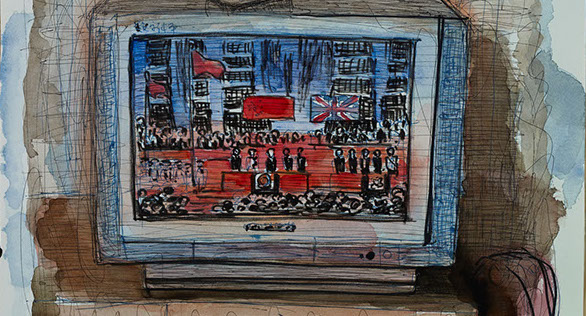
The Return of Hong Kong, Watercolour on Paper, 2008.
Modern memories
From traditional to modern: also on exhibition recently at UMAG was the show So We Remember, featuring the contemporary art of Chen Xi, a painter who has created a series of contemporary works to illustrate events that have shaped our lives today. Her methods relate contemporary life to a society informed by multimedia and her paintings are each framed within a television screen as sequential ‘episodes’, thereby creating a visual narrative of life.
They are like screen shots, with the TV screen setting placing them appropriately in the context of the living room, where we are used to viewing our daily news. The events depicted are historic scenes, political or social events, but from a more intimate, sometimes uncomfortably close perspective.

